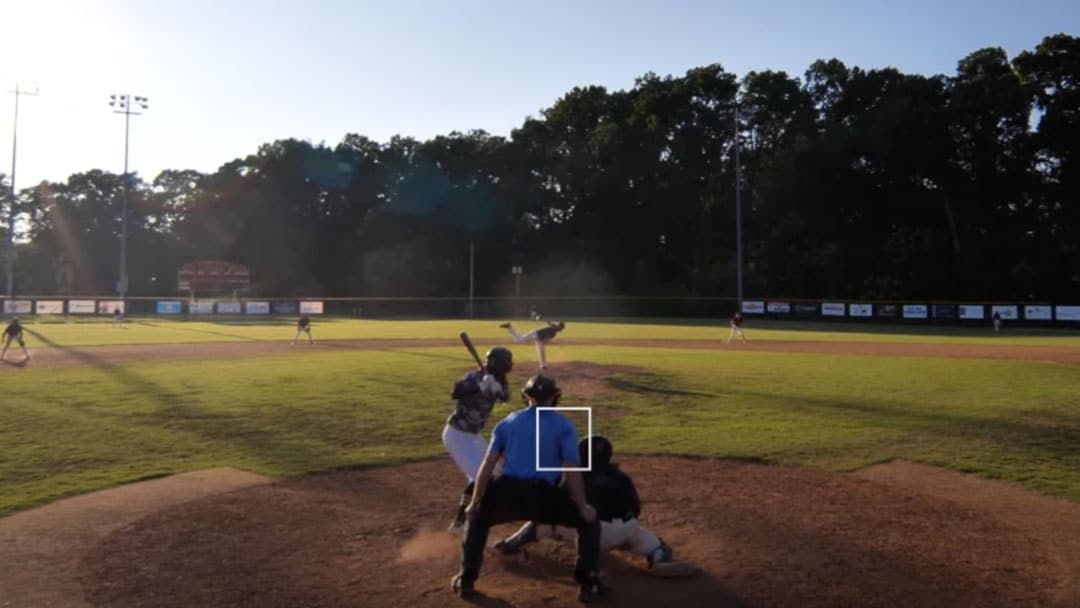Remember the Basics
The first mechanical lesson every umpire should be taught is responsibilities on batted balls. It is always good to remember that lesson at every level and know what you are responsible for prior to every pitch. Those responsibilities (in this order) are:
- Fair/Foul
- Catch/ No-Catch
- Plays with the ball
- Plays without the ball
In some instances, we have several of these responsibilities at the same time. Look at this simple “nothing” play that has quite a bit more going on than it seems. Our home plate umpire is responsible for ruling fair/foul, has a potential swipe tag and interference/ obstruction at the same time.
It is very important to slow things down and go through our first lesson checklist in situations like this play. The home plate umpire on this play did a very good job of holding his ground on the first base line extended and is prioritizing the fair/foul decision. This is the highest priority on this play and without lines on the field, this position is a very good one. Next would be a play with the ball. A pitcher or catcher in this situation could pick the ball up and make a tag. Lastly, there is a potential for interference or obstruction (plays without the ball). Quite a bit is happening on a simple ground ball.
This play is a great one to use as a case play and one we should all review. When looking at these sorts of videos, it is very helpful to play the “what if” game. So, in this situation, what if the ball was in fair territory? The home plate umpire will have to decide if the pitcher or catcher is protected and must be given the opportunity to field the ball. Once that is determined there is a potential for obstruction along with interference. Good play to get thoughts going.
In closing, this article is just a simple reminder to remember our basics. Know your responsibilities before every pitch, of every game at every level you are working. Falling back on the basics is a good way to keep yourself and crew out of trouble!
